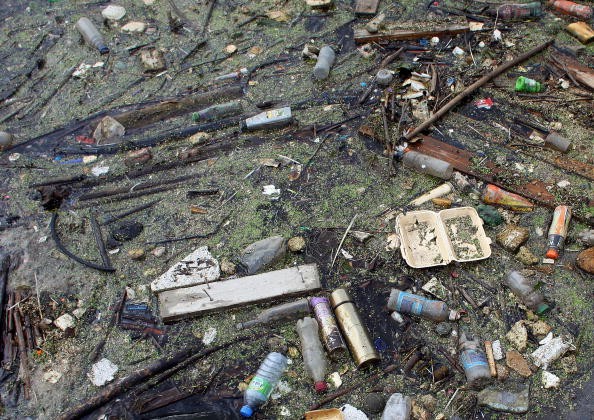
According to statistics, plastics make up approximately 10% of all discarded wastes. A typical foam plastic cup takes fifty years to decompose. Likewise disposable diaper or other similar material takes almost half a millennium. Because of the current population's sheer plastic usage and plastic's considerable decomposition rate, plastic debris tend to accumulate. The accumulation has unfavorable effects on land, water and wildlife.
Recently, NY/NJ Baykeeper, a non-profit environmental organization, conducted a study on the amount of plastic in the bodies of water surrounding New York City and New Jersey. The team collected samples in East River, the Upper New York Bay, Newtown Creek, the Lower Harbor, Passaic River, the Morris Canal, the Arthur Kill, the Lower Newark Bay and the Upper Newark Bay using a net called manta trawl - similar to the net used by the 5 Gyres Institute for International Ocean Research.
The results of the research were startling to say the least. According to the data, the average amount of plastic particles per square kilometer is at a whopping 256,322. 85% of the plastic debris are classified as microplastics which experts consider the most damaging kind of plastic to aquatic life.
The scientists involved in the study were quick to explain that plastic pollution is more evident in areas closer to the source - human beings. The team claims that plastic in itself is not bad. However they explain how people should reevaluate their relationship with plastic. According to the team, there was life before plastic and as such it is possible to return to thriving without or with minimal use of it.
"Single-use disposable plastics are a plague to our waters and therefore to our society, but fortunately it is one that is easily solved. We had life before plastic and I have full faith we can find a way to break our plastic addiction" explained Dr. Sherri Mason.



